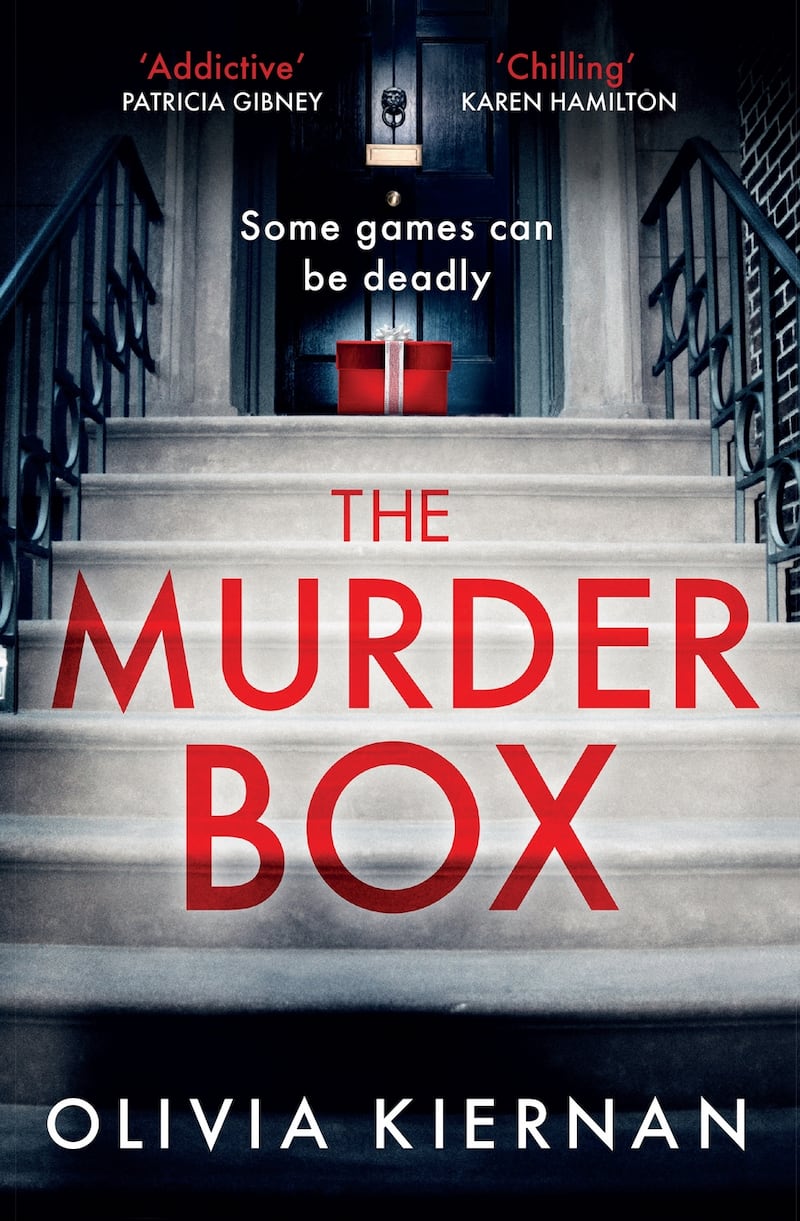It’s a Saturday night and I’m probably about 10 years old. The hallway in my friend’s house is dark. Every chink of light has been cut off or sealed over. I know there are four others somewhere in the rooms or along the passage ahead of me. I can hear their breathing, but I can’t see them. A hand touches my shoulder and I fall with a scream. The lights go on and the detective enters.
This was the game of choice among my friends over many weekends in my childhood. Murder in the Dark. A murderer, a victim and a detective selected in an anonymous manner. Once the victim has fallen, the players answer the detective’s questions truthfully. Where were you when you heard the scream? Only the murderer could lie.
We were addicted to this game, the suspense of waiting in the dark, the cat-and-mouse questions that would ensue, the attempts to outwit one another and finally the resolution that came with reconstructing what had happened. Similarly, when we discovered the boardgame Cluedo, we played it until the cards and board were worn.
When my first crime novel was published, I was invited to take part in a large murder mystery dinner at Harrogate’s Crime Writing Festival. The author, Lee Child, had scripted the murder mystery and each author in attendance hosted a table of six players. Once the mystery had been acted out, we were to solve it. I failed. Badly. But the fun was in the discussion between the players, the elaborate theories, passionate reasoning and deduction reminded me just how exciting a murder mystery game could be. And it was shortly after this I began to think about bringing such a game into a crime novel. After all, murder mystery games are born out of mystery fiction.
I’m often asked why I write crime fiction, particularly detective fiction. Perhaps, it is a symptom of studying creative writing many years ago. My tutor was passionate about narrative structure and through an artistic lens detective fiction may be said to have a certain purity as it relates to storytelling.
Stories can be plotted many different ways to arrive at the same conclusion but in detective fiction plot becomes thematic, both structure and subject of the story. Structurally and creatively, the genre is attractive because stories with crime have immediate narrative drive as usually once the mystery is presented the reader asks the question: who and why? And so, the contract between writer and reader is explicit from the start: follow this plot and the mystery will be solved.

There is no mystery as to why crime fiction is one of the most-read genres of all time. It is no wonder that WH Auden was not alone when he expressed the sentiment: “For me, as for many others, the reading of detective stories is an addiction”.
Reading any genre asks us to examine our perception of events, our view of those around us and our values in a safe space. It challenges the range of our empathy. But one of the many reasons mystery novels, in particular, appeal to us is that they create order out of disorder. We are given a narrative puzzle to solve that forces us to question motive, to hypothesise, to reconstruct events while trying to stay one step ahead of the fast approaching resolution.
In mystery fiction, both character and reader attempt the same puzzle and even as we might be aware of familiar patterns in a story, the plot demands a deep empathy with the character so that we may anticipate the character’s next move or judge the likely success of the detective’s chosen path. In this way, mystery novels ask for a close connection with story and character, not only to experience the emotional arc within the novel but to draw conclusions around the mystery. All novels ask this of the reader in various degrees, but the mystery novel pushes this engagement with plot to a deeper level.
“Let me run over the principal steps. We approached the case, you remember, with an absolutely blank mind, which is always an advantage. We had formed no theories. We were simply there to observe and to draw inferences from our observations.” – Sherlock Holmes.
When it came to writing The Murder Box, I wanted to distil this idea of plot on plot. To superimpose the traditional murder mystery game over a modern police procedural and set it against the very real backdrop of Dublin city.
Over the last few years, there’s been an increase in our desire to return to murder mystery games, either in the mystery dinner format or boardgames you play as an individual or with a larger online community. And in what’s been a tough year for most, mystery fiction has been a steady choice for readers where distraction from real world events is provided through absorbing and propulsive stories; where for a moment, in a fictional world at least, we can create order out of disorder.
The Murder Box by Olivia Kiernan is published by riverrun at £14.99


















